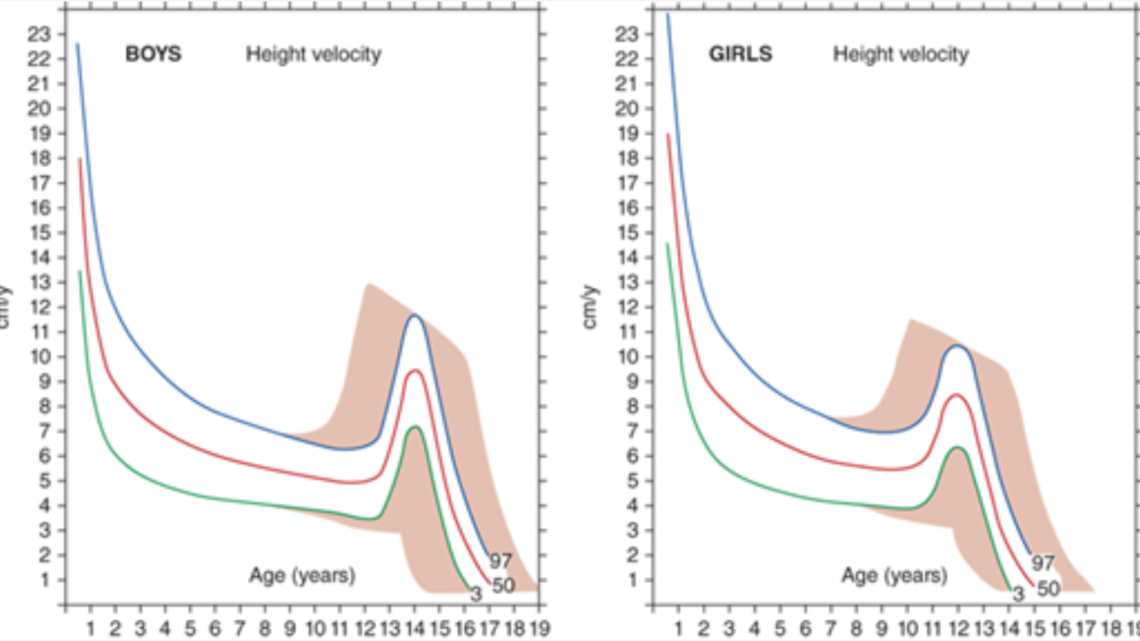Growth Deceleration
November 11, 2012
Adult size isn’t just determined by how fast we grow. It depends also, and perhaps foremost, on how and when this growth stops. Somatic growth results from both cell proliferation (hyperplasia) and cell enlargement (hypertrophy). In mammals, somatic growth is rapid in embryonic and early postnatal life but decelerates dramatically with age, declining toward zero as the organism approaches its adult body size. This growth deceleration occurs in all mammalian species, but at differing rates. In small species, such as mice, the deceleration occurs over weeks, whereas in large species, such as humans, the deceleration occurs over years. Thus, the rate of deceleration appears to determine the adult body size of a species.
The biological mechanism responsible for this decline in proliferation and consequent growth deceleration is not known. However, it does not appear to be caused by a hormonal mechanism. For example, in the late adolescent human, as the somatic growth rate approaches zero, growth hormone levels are higher than in the infant. More likely it is the result of a growth limiting genetic program. Researchers Lui, Finkielstain, Barnes, and Baron have identified 11 imprinted genes that with age show down-regulation of mRNA expression in multiple organs. These genes, that have all been implicated in the control of cell proliferation or growth rates, show a temporal decline pattern similar to the decline in growth rate. They are Igf2, H19, Plagl1, Mest, Peg3, Dlk1, Gtl2, Grb10, Ndn, Cdkn1c, and SLC38a4. The researchers findings suggest that the declining expression of these genes contributes to coordinate growth deceleration and cessation in multiple tissues, thus imposing a fundamental limit on adult body size. If we want to shrink the human species it is of vital importance to unravel the complex mechanisms that steer this process.